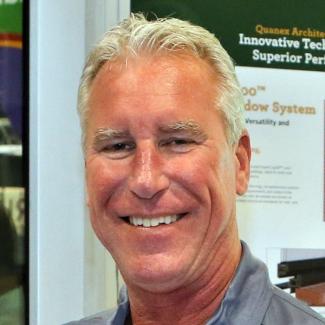I really enjoyed the recent blog written by American Architectural Manufacturers Association’s Rich Rinka. In it, he retraces some of the most important evolutions of the window industry over the past few decades, from when significant heat loss in American homes was just “accepted as the nature of things,” to California’s goal of all new residential buildings becoming energy neutral by 2020.
Among other technologies, he cites the potential use of Building Integrated Photovoltaics and photovoltaic windows as ways to achieve Zero Net Energy, and he asks these questions:
There are numerous design and cost challenges to overcome, however. Who will design, fabricate, sell, install and repair these systems? What will be the role of window companies? Will they be offered as independent systems assembled and integrated onsite, or as an integrated package delivered to the jobsite?
Beyond the logistical challenges that new tech like solar windows might involve, it got me thinking about the real role of our industry, and how what we do continues to shift. We’ve all seen and dealt with the increasingly stringent energy performance that’s demanded of new products, and that’s not going away any time soon. So, it’s our responsibility to continue to prove that our products are up to the challenges.
We know that windows enhance occupancy comfort in more ways than simply keeping out drafts; it’s been shown that access to daylight has some big benefits in just about any setting, including residences, offices, restaurants and more. Even more simply: people like windows. It’s pretty hard to imagine a future where we’ll see fewer of them, even with code standards continuing to rise.
But delivering on new demands successfully will surely require some changes in the way we’ve traditionally done business. We’ve already seen it happening in the new technology and equipment companies can use to manufacture windows and doors more efficiently and effectively in the face of pressing industry challenges.
I expect that we’ll continue to see it happen with available materials and the window itself. The window of the future could combine highly energy-efficient PVC framing, smart glass and solar components that can help homes generate as much new energy as older technology used to lose through heat loss.
It’s on us to keep investigating new opportunities, to seek out material choices that contribute to better thermal efficiency, and to keep innovating. And we also need to keep working together, collaborating with partners and vendors to identify the best ways to make it happen.
